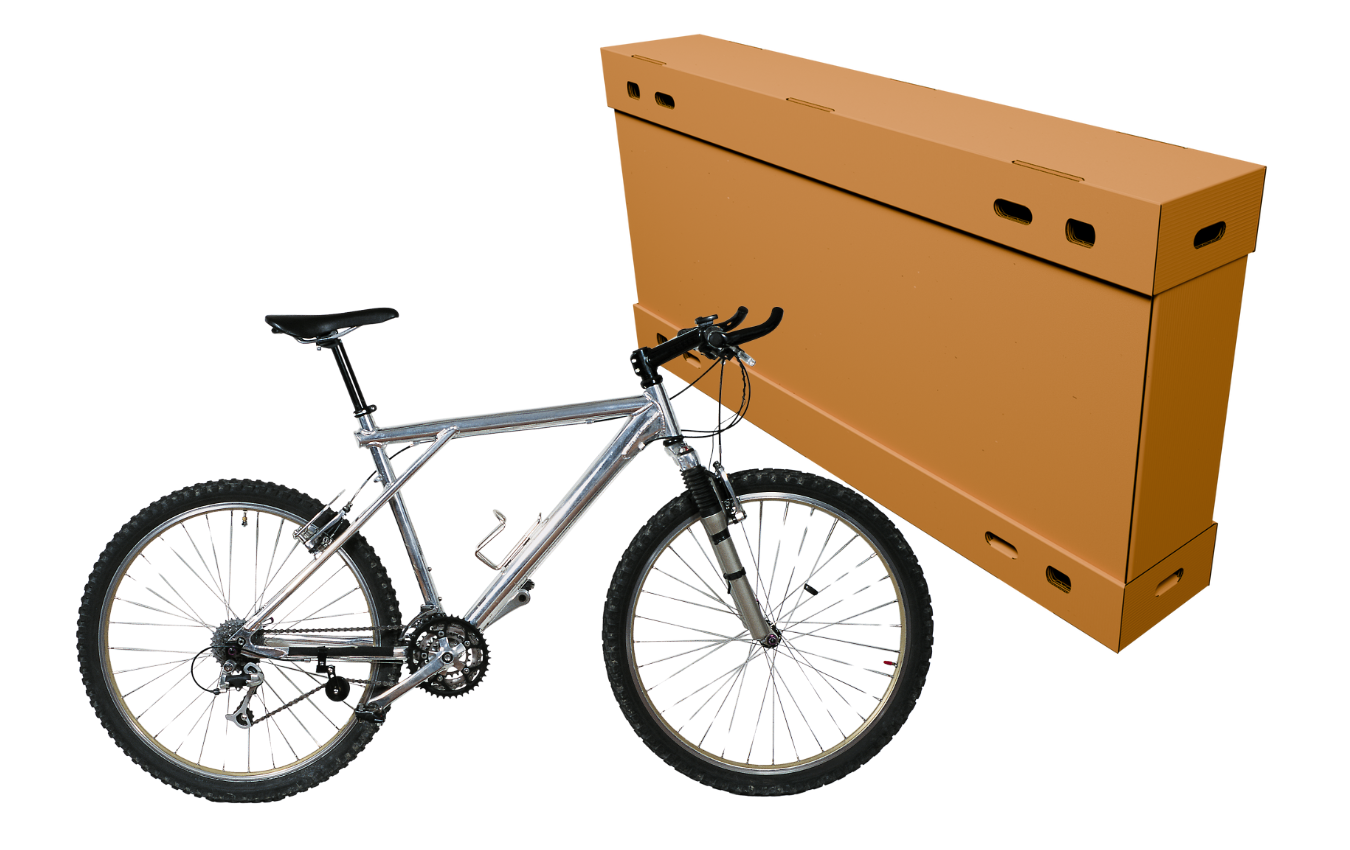
Stock vs. Custom Bike Shipping Boxes
When shipping a bike, selecting the right type of packaging is essential
Home » Archives for brownpackaging » Page 12

When shipping a bike, selecting the right type of packaging is essential

Internal components, such as delicate electronics, mechanical parts, or fragile materials, require

As businesses increasingly shift away from overseas suppliers, finding a reliable domestic
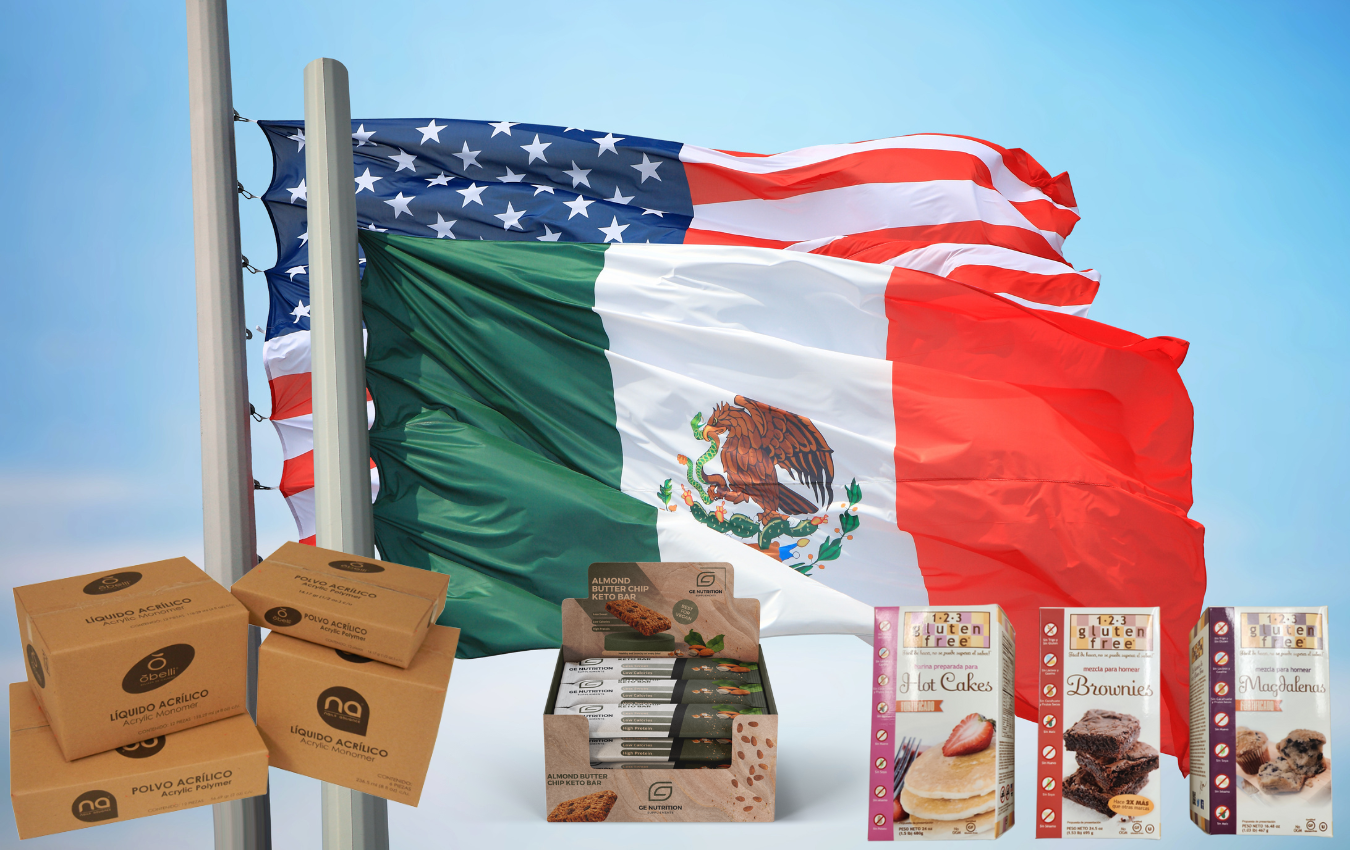
As companies seek cost-effective and reliable packaging solutions, many are weighing the
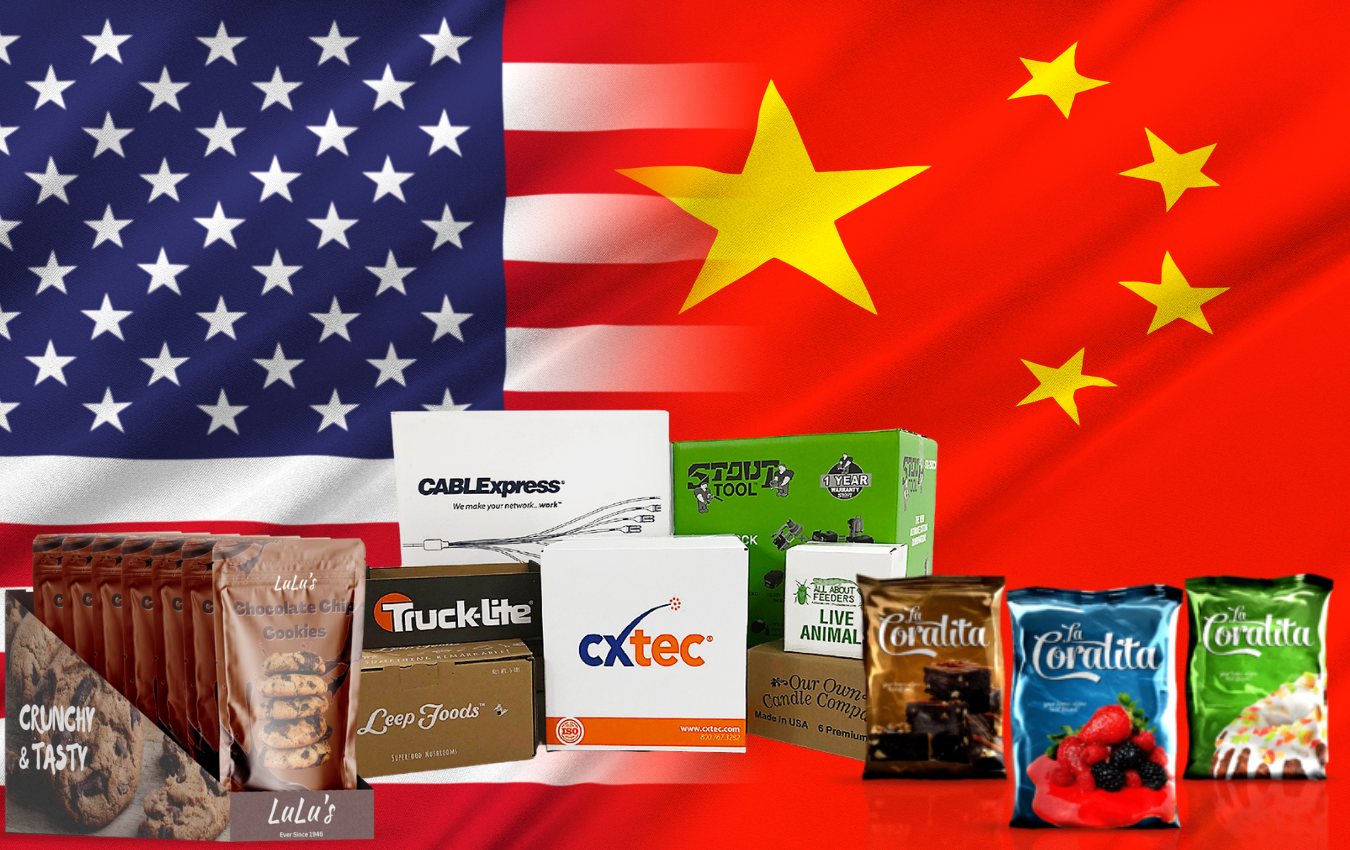
As companies assess their packaging supply chain strategies, many are debating between
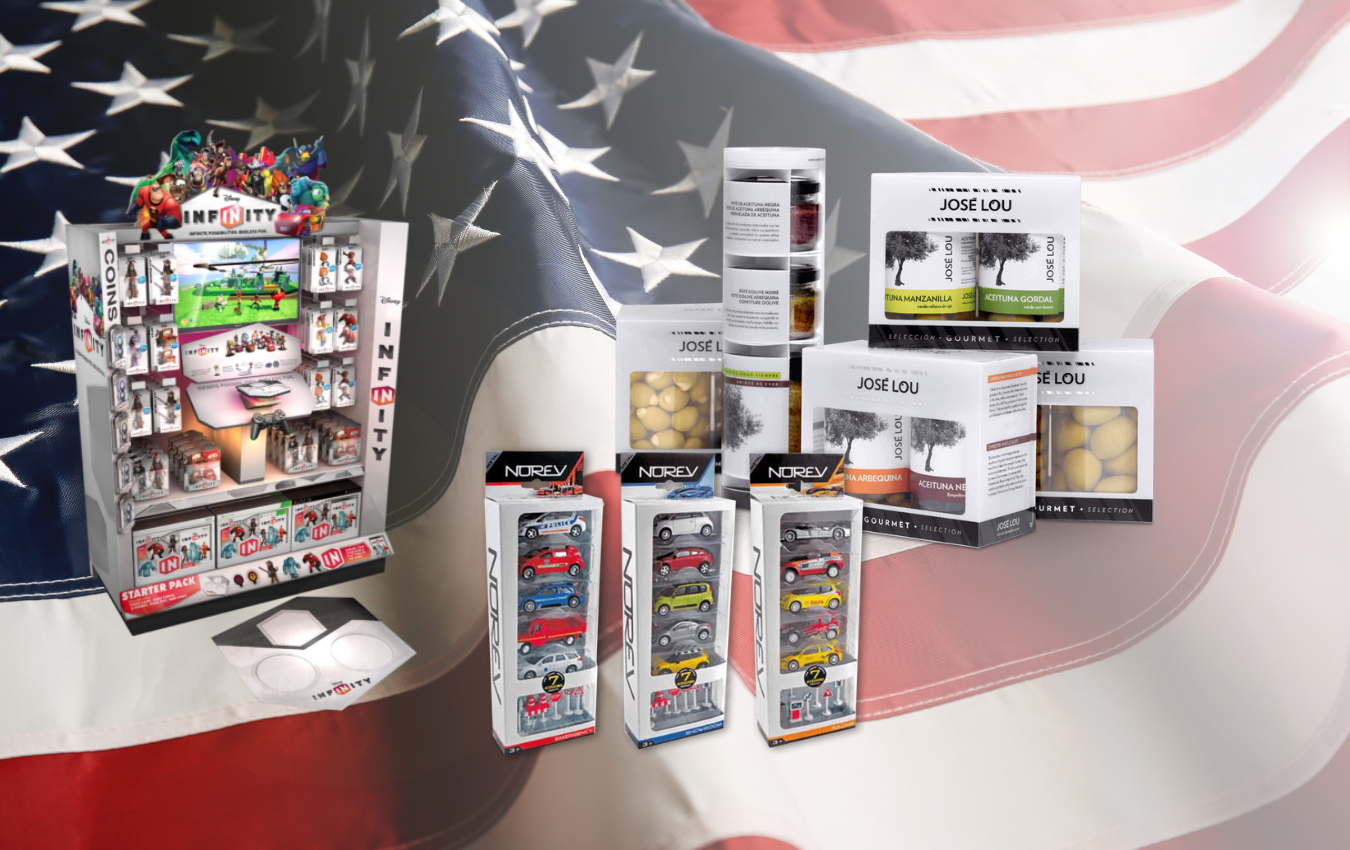
As companies evaluate their packaging supply chains, many are choosing U.S. packaging
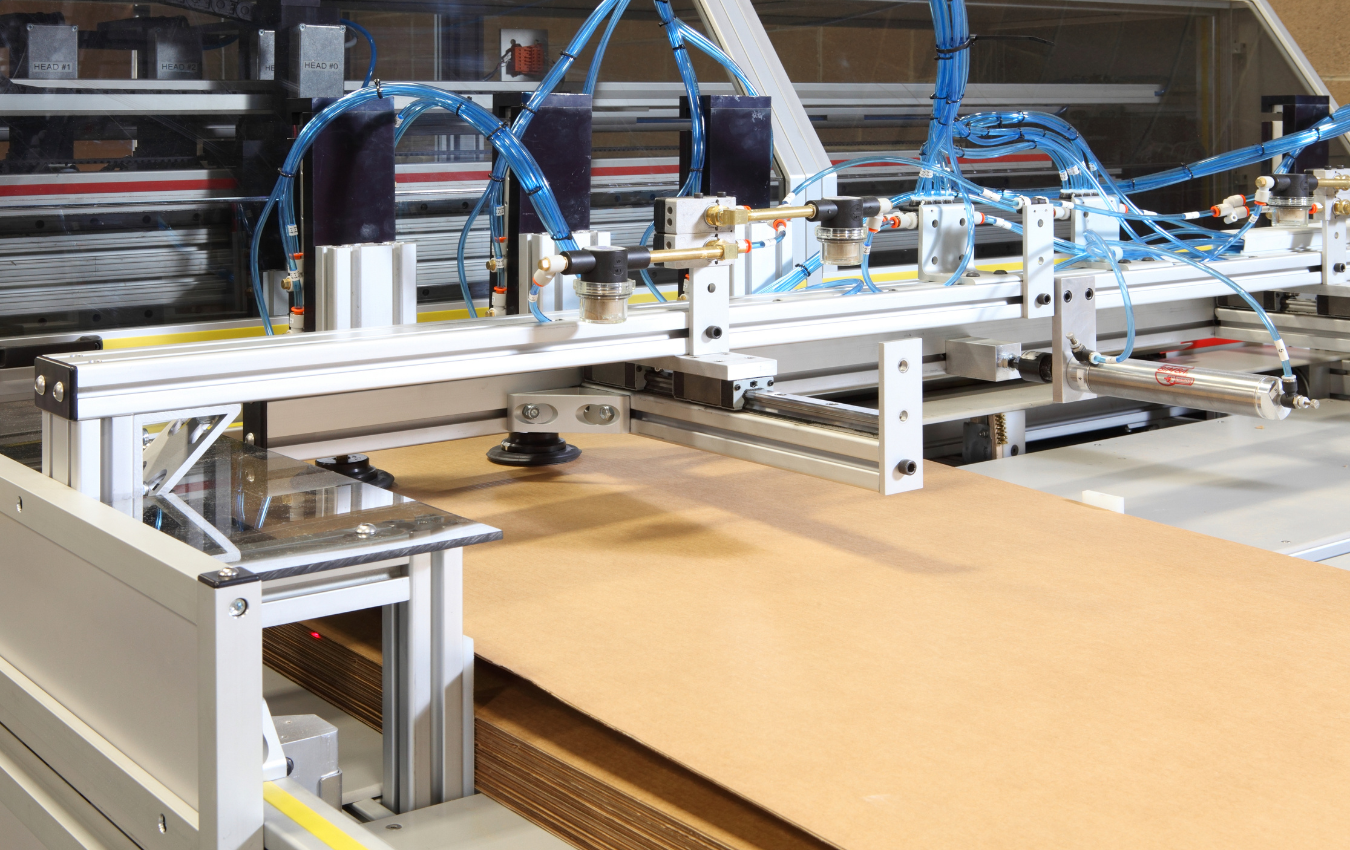
When deciding between domestic and overseas packaging production, businesses must weigh key

In 2025, more U.S. companies are ditching overseas packaging suppliers in favor

With ongoing tariffs, supply chain disruptions, and rising overseas costs, many businesses
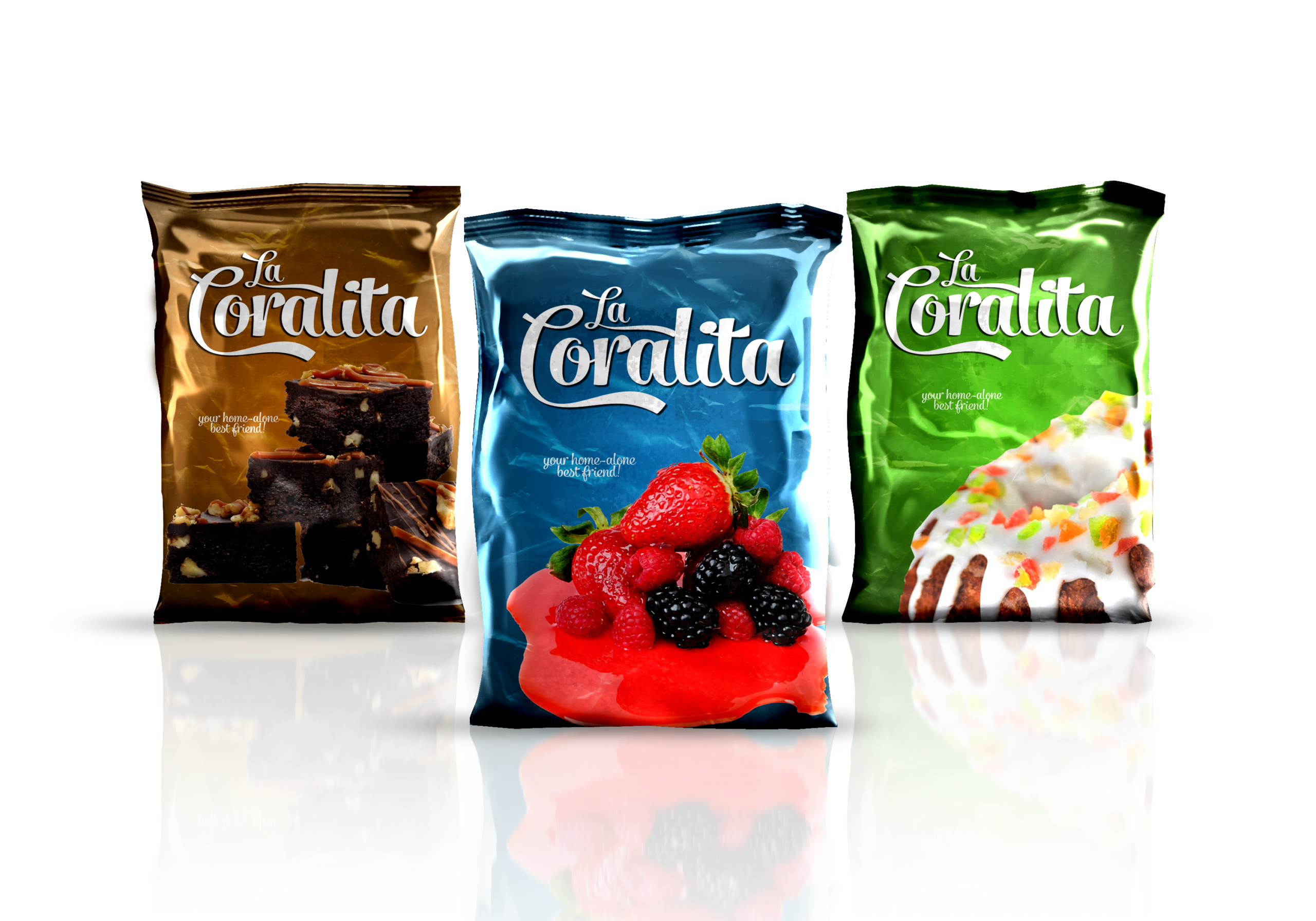
When designing flexible packaging for perishables, customers often have initial ideas for
Shifting packaging production from China to the U.S. can help stabilize costs, reduce tariff exposure, and shorten lead times. But the transition process requires careful
RSC boxes are known for their efficiency and versatility, but their performance ultimately comes down to strength. Buyers often see numbers like ECT, BCT, and
In packaging, foam isn’t just about initial protection — it’s about maintaining performance over the entire shipping or storage cycle. Compression set and recovery characteristics
Pouches are a go-to for flexibility and convenience, but they can fail in critical ways—from poor seals to punctures and delamination—that hurt performance and brand
In the retail environment, the placement of Point of Purchase (POP) displays is just as critical as their design and content. Strategic positioning can significantly
Choosing the right foam density isn’t about “soft” versus “hard” — it’s about controlling shock transmission and matching the foam’s cushioning curve to the product’s